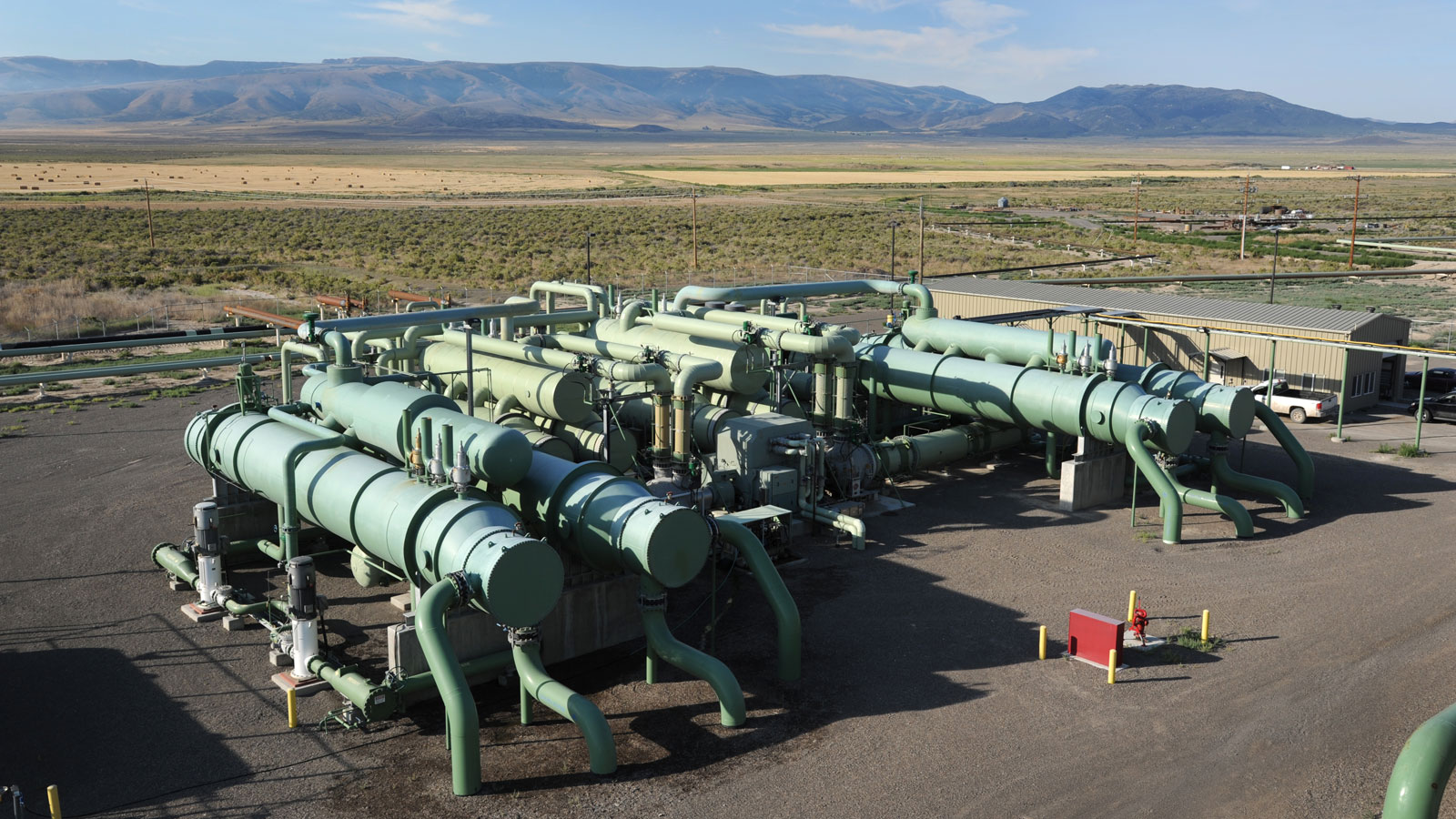Jody Robins knew early on he wanted to work in oil and gas. After earning a college degree in petroleum engineering, he worked in the industry for more than 20 years. But over time, his feelings changed.
“I just had increasing concerns about climate change and, you know, living in Denver, local air pollution. And I was just ready to do something different, and that I would feel better about,” he says.
A recruiter suggested working in geothermal, which taps heat within the Earth to produce energy.
“It seemed like a really good fit,” Robins says.
So he switched to a job as a geothermal engineer at the National Renewable Energy Laboratory.
Like oil and gas, some forms of geothermal require drilling into the ground and bringing a liquid to the surface. But geothermal taps into water instead of fossil fuels.
“You’re dealing with much hotter reservoirs and much harder rock, but they’re all very similar type of skill sets,” Robins says.
The Department of Energy predicts that more than 8% of all U.S. electricity generation could come from geothermal by 2050.
So as the country transitions to more clean energy, geothermal offers a path for some oil and gas workers in search of new careers.
Reporting credit: ChavoBart Digital Media
Source link


